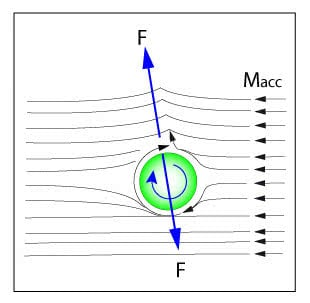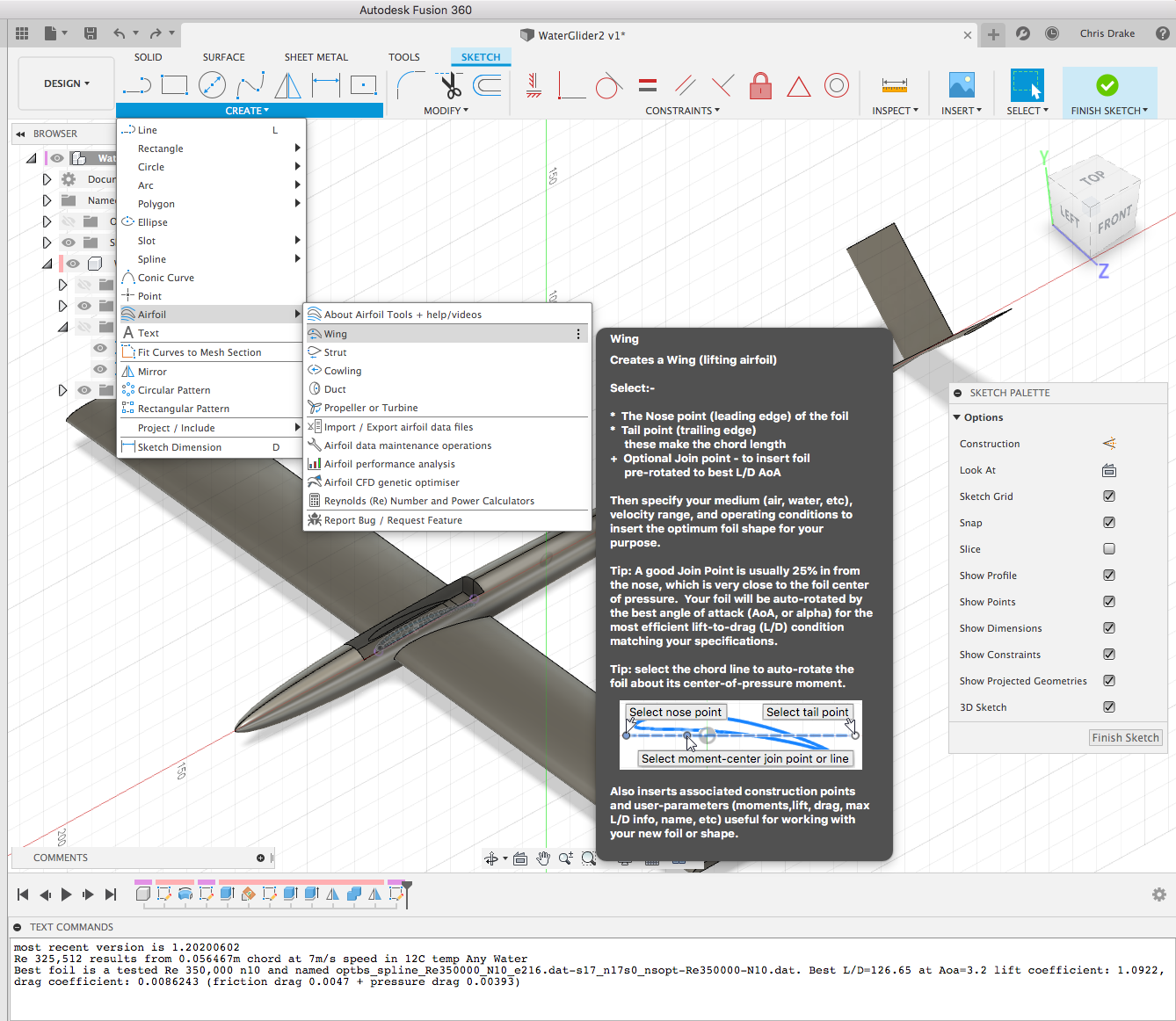Discover the Magnus Effect, a key aerodynamic principle impacting spinning objects in fluids. Learn how Fusion simplifies its analysis with computational fluid dynamics simulations for optimized product design.
The Magnus Effect is a lesser-known, but highly important consideration in the design of aerodynamic objects. This phenomenon is specifically applicable to the aerodynamics of objects in motion, making it pivotal in fields like aerospace, aviation, and renewables. For engineers and product designers, understanding the Magnus Effect is essential for optimizing the performance and efficiency of designs. Continue reading to learn more about the Magnus Effect and explore several ways that Fusion helps designers navigate its complexities.
Understanding the magnus effect
The Magnus Effect is a physical principle that explains the behavior of spinning objects moving through a fluid, such as air or water.
Named after the German physicist Heinrich Gustav Magnus, who described it in 1852, this effect occurs when a rotating object creates a whirlpool of air or fluid around itself. This rotation alters the pressure distribution around the object. As a result, a pressure differential is created: higher pressure on one side and lower pressure on the other. This differential generates a force perpendicular to the direction of the object’s motion and its axis of spin.

The lift force is calculated using a combination of the object’s shape, rotation, the fluid’s density, the object’s velocity, and its cross-sectional area. Bernoulli’s Principle further explains the effect by describing how rotational motion creates a pressure differential around the object.
Additionally, Newton’s laws of motion are crucial in determining the object’s trajectory, considering the Magnus force alongside gravity and drag. The role of angular momentum and torque is important, as the object’s spin rate and mass distribution affect the magnitude of the Magnus force.
Collectively, these principles enable a comprehensive understanding of the Magnus Effect, allowing for the optimization of performance and efficiency in various products and systems.
Magnus effect in real life
The most common example of the Magnus Effect is observed in sports. For example, a spinning soccer ball curves away from its principal flight path due to this effect.
When looking through the perspective of product design, the Magnus Effect is the reason why golf balls are intentionally designed with dimples. These dimples create turbulence in the air around the ball, which helps to accentuate the effect. This results in a longer flight path and greater control, which are essential characteristics of golf balls. Similarly, in tennis and soccer, the rotation imparted on the ball can dramatically affect its trajectory, a direct consequence of the Magnus Effect.
However, the implications of the Magnus Effect go far beyond sports.

A more technologically advanced application of the Magnus Effect is found in the aerospace industry. The design of aircraft wings and rotor blades for helicopters must account for this phenomenon to ensure stability and control during flight. Engineers employ sophisticated computational fluid dynamics simulations to understand how varying wing shapes and angles will interact with air currents — considering both lift and the Magnus Effect.
In the renewable energy sector, the Magnus Effect is also harnessed in the design of some wind turbines. Unlike traditional turbines, Magnus Effect turbines utilize rotating cylinders, which, due to their spinning motion, generate a differential pressure on both sides. This pressure difference can be harnessed to generate power more efficiently under certain conditions.
Essential product design
Fortunately, Autodesk Fusion 360 features a multitude of tools that enable designers to create products that properly account for the Magnus Effect. For example, Fusion 360 supports the Airfoil Tools app, which helps optimize the design of objects that are exposed to a moving gas or liquid. Furthermore, Autodesk provides a computational fluid dynamics simulation tool that helps designers simulate important items including fluid flow rates, pressure drops, and turbulence.
Regardless of application, understanding the Magnus Effect enables designers to predict and manipulate the trajectory of objects in motion — supporting future innovations in product design and functionality.